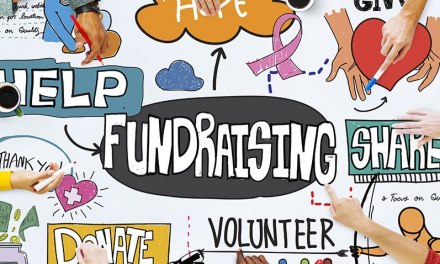Having a blog, and keeping it regularly updated with useful and interesting content about addiction, treatment, recovery, and sober living is a great way to market your treatment facility. You can anchor social media communications to it, link it to your website to boost traffic, communicate with particular market segments—all kinds of great functions! A blog is just full of upsides.
Of course it has one big down side: You have to keep feeding it, like Moloch, with new content. And quality matters. A scrappy blog full of advertising-related “free” content generated by those tempting-sounding blog-filling services won’t do the trick. But generating new, original content on a regular schedule, frequently enough to keep your blog “fresh” can be exhausting even to think about.
Let’s see if we can make it easier.
Content types may include:
- New, original posts on topics of interest to your audience(s.)
- Short comments on relevant current news articles, with links to the article source.
- “Shares” from social media, with or without additional comment—a short sentence or two on why it caught your eye, why you’re sharing, etc.
- Re-blogs of great content on other, related blogs. Most blogs are happy to have you re-blog and share if you include a link, some may want you to ask for permission.
- Polls or discussion-provoking questions to engage your audience (be sure you have one, first!)
- “Resource sharing” posts that point your readers to information, documents, tools, websites, services, etc.
Now, what about topics?
You build audience with the right mix of consistency (recurring topics) and relevant surprises. So, in planning your blog content, start by identifying a few broad topic areas you’ll probably return to again and again— “Staying Sober,” maybe, or “New Trends in Treatment,” or “Family Recovery”— whatever your readers can expect to see there regularly. These will be your “main” categories.
You may also want to create categories related to special marketing initiatives or particular types of content—“Resource Updates,” perhaps, or “(Name) County News.”
You only need a few broad, basic categories to help organize your thinking about content, and help readers navigate your blog.
Tags or Keywords
Helping people find your blog—and find what they’re looking for on your blog—depends on having useful tags or keywords on your posts. There’s no limit on these, but of course some of them you’ll use much more often. Create a list of the things you know people will want to find, as well as things you want to build interest in. You can add to it as you go along.
But where do I get content?
Unless you’re fortunate enough to have a full-time writer on your staff (hah!) you’re probably going to have to get content from:
- Writing it yourself
- Corraling content from your colleagues
- Locating reliable “other” sources—news feeds, social media, other blogs, etc.
Let’s look at tips for each of these main sources.
Make my writing job easier!
Remember that every post you’re going to do won’t need to be a 500-word authoritative, funny, brilliant, original article. Blog posts can be short. They can be funny, they can be thought provoking, they can simply be a brief introduction to something or a description of a link. Things they should all have in common, though:
- Proof-read, spell-check, grammar check. Your blog represents your facility.
- The most effective blogging “voice” occupies the space between “personal” and “professional.”
- If you’re referring to something or linking to something, double-check that the links are there and working.
Corralling content:
- It will be easier for colleagues to provide content if YOU provide them with guidelines. Do a simple cheat sheet for contributors about what you need: Length, topic suggestions, format, being sure to include URLs for links, when and how to submit the content, etc.
- Plan ahead. Give your sources adequate time to prepare their posts, be sure you both understand when they should be ready, and send a cordial reminder a few days ahead of the “due date.”
- Set up a feedback loop: Make sure contributors know when their material will go live, and let them know how it’s being received (“Thanks again for your post on meditation! It’s had more than fifty views already, and two comments.”)
“Other” content sources:
- You can learn a lot about successful blogging by being a regular follower of a few interesting, well-run blogs. They may also be great sources for re-blogging material! Find some good ones and sign up to receive updates.
- Set up some Google searches (or use another search/aggregation tool—there’s some good ones here) on keywords and topics of interest, to get current news items and new web content routed to your inbox.
- Use Social Media tools. There are several excellent “dashboard” style tools that will help you keep track of multiple social media feeds, with keyword or hashtag searches and other tracking tools.
- Set up a “sources” bookmarks file, or use a bookmark organizing tool like Pearltrees, and as you run across useful web pages and resources, tack them in with a keyword or two to remind you why you like them.
-
Please Comment Below














Cecile, This is a great article. I’ve cut my blog posting due to time restraints, but it is also clear that I run out of fresh approaches to how I want to communicate. You’ve given me some concrete suggestion here. Going to book mark this and return for a review later on tonight. I’m also in the process of putting up my coaching site and your ideas will be well implemented on the front end. Thank you, thank you, thank you. Lisa